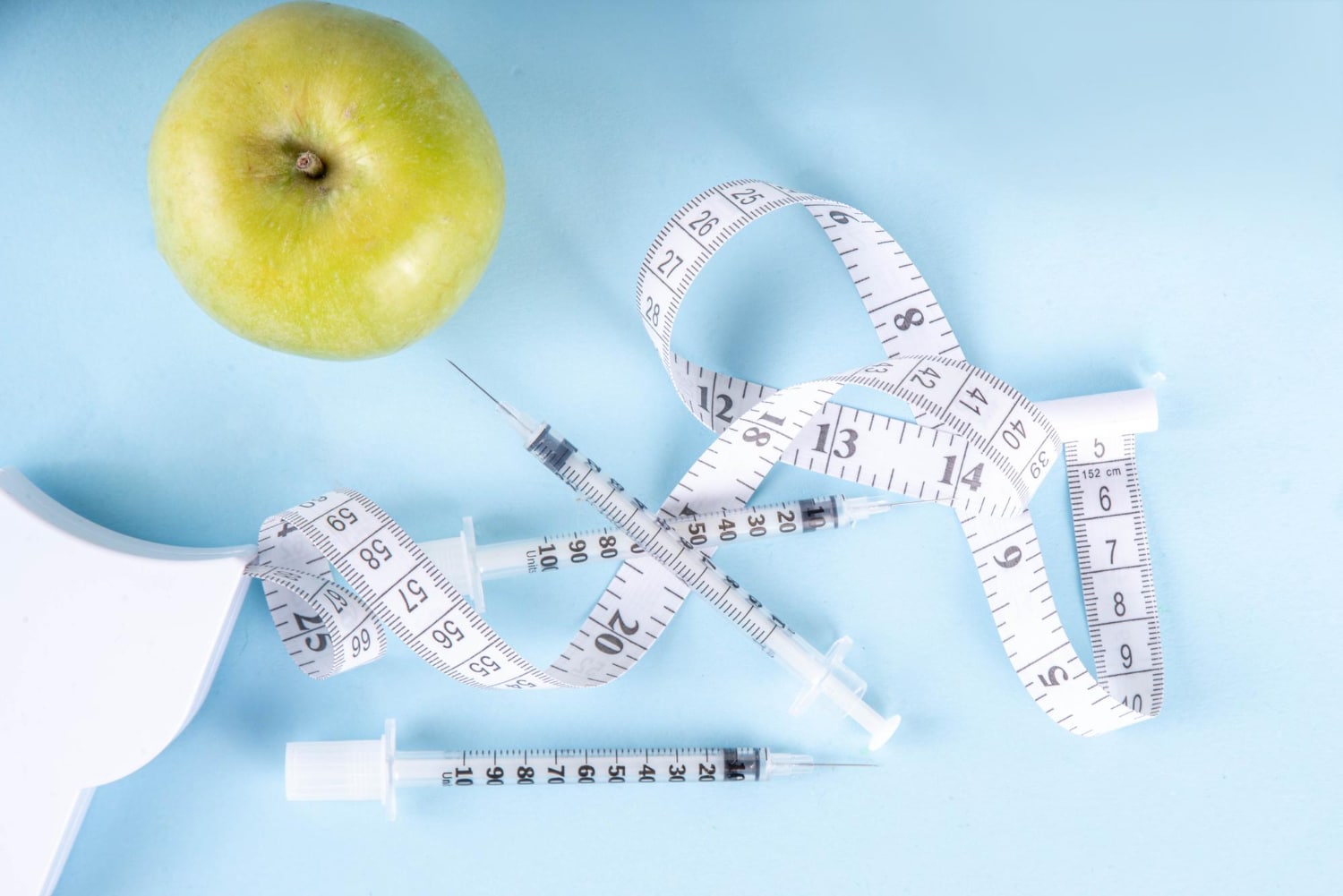As the temperature rises and flowers bloom, many people eagerly welcome springtime. However, for others, spring brings the dreaded onset of seasonal allergies.
The season’s beauty is often overshadowed by sneezing, itching, and congestion. If you find yourself among the ranks of allergy sufferers each spring, don’t give up just yet!
With the right strategies and treatments, you can get ahead of the spring allergy symptoms and make the most of the beautiful and vibrant season.
Understanding Spring Allergies
Before we get into solutions, let’s understand what causes spring allergies and the following symptoms.
Spring allergies, also known as seasonal allergic rhinitis, are typically triggered by pollen from trees, grasses, and weeds.
When these allergens are inhaled, the immune system overreacts, releasing chemicals like histamine that lead to symptoms such as:
• Sneezing
• Runny or stuffy nose
• Itchy or watery eyes
• Scratchy throat
• Coughing
• Fatigue
Spring allergies can vary in severity from person to person, but they can undoubtedly put a damper on outdoor activities and overall well-being.
Timing and Duration of Spring Allergies
Understanding when spring allergies typically begin and end can help you prepare and manage symptoms effectively. In most regions, spring allergy season kicks off as early as February or March, depending on local climate and plant life. Tree pollen is usually the main trigger during this time.
Grass pollen tends to peak in late spring and early summer, while weed pollen can linger into the fall. However, the duration of spring allergies can vary depending on factors like weather conditions and geographic location. In the southern states, for example, spring allergy symptoms in Atlanta can last several weeks to months, making it crucial to have a plan in place for addressing them.
Spring Allergy Hacks and Solutions
Now, let’s explore some practical tips and strategies for dealing with spring allergies:
1. Monitor Pollen Counts:
Keep an eye on pollen forecasts in your area and try to limit outdoor activities on days when pollen levels are high. Many weather websites and apps provide pollen count information to help you plan your day accordingly. If you plan to be outside it may be worth it to pull out those masks (I feel the eye rolls) to reduce inhalation of allergens.
2. Keep Windows Closed:
While it may be tempting to let fresh air in, keeping windows closed during peak pollen times can help reduce indoor allergen exposure. Consider using air conditioning with a HEPA filter to keep indoor air clean and pollen-free.
3. Shower and Change Clothes:
After spending time outdoors, shower and change into fresh clothes to remove pollen from your skin and clothing. This simple step can prevent pollen from spreading throughout your home and exacerbating allergy symptoms.
4. Try Nasal Irrigation:
Nasal irrigation with a saline solution can help flush out allergens and relieve nasal congestion. Neti pots and saline nasal sprays are readily available over the counter and can provide much-needed relief from allergy symptoms. I particularly like Dr.Neil Med brand.
5. Invest in Allergy-Proof Bedding:
Encase pillows, mattresses, and box springs in allergen-proof covers to create a barrier against dust mites and other allergens. Wash bedding regularly in hot water to kill dust mites and remove pollen. A half cup of white vinegar in the laundry can be a natural cleaner and purifier.
6. Consider Allergy Medications:
Over-the-counter antihistamines, decongestants, and nasal corticosteroid sprays can effectively alleviate spring allergy symptoms. While helpful for allergy symptoms, these also have side effects such as dry eyes, urinary retention and drowsiness. Therefore, it’s essential to consult with a healthcare professional before starting any new medication regimen.
7. Explore Allergy Shots:
For severe or persistent allergies, allergen immunotherapy, also known as allergy shots, may be an option. These injections gradually expose your immune system to the specific allergens that affect you, reducing sensitivity over time. This can take years to be effective, so seasonal relief measures will still be helpful.
8. Consider IV Therapy:
Intravenous (IV) therapy, often used for various health purposes, has shown promise in alleviating allergy symptoms. IV therapy delivers vitamins, minerals, and antioxidants directly into the bloodstream, helping to boost the immune system and reduce inflammation.
IV therapy can be customized to target specific allergy symptoms and may provide rapid relief for individuals struggling with severe allergies. However, it’s essential to consult with a qualified healthcare provider to determine if IV therapy is a suitable option for you. Dr. Jada Moore-Ruffin, Founder of REAL Weight Loss + Wellness provides a thorough assessment prior to crafting formulas for her IV therapy patients to ensure their needs and expectations are met. “Often immediate relief occurs, and for best results may require a series of therapies over several weeks.”
Conclusion
Spring allergies may be an annual nuisance for many, but they don’t have to derail your enjoyment of the season.
Try out these spring allergy hacks and explore various treatment options like IV therapy, so that you can effectively manage symptoms and reclaim your springtime joy.
Remember to stay informed, be proactive, reduce allergen exposure, and seek professional guidance if needed.
With the right approach, you can breathe easier and enjoy all that springtime has to offer.







